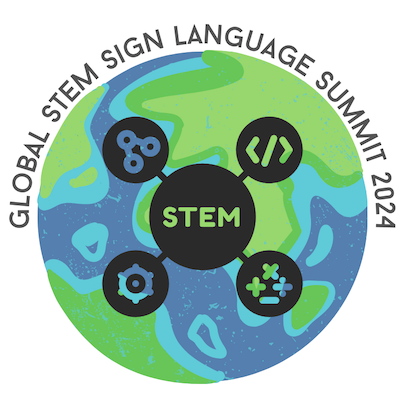“Lacking” STEM vocabulary in Jordanian Sign Language (LIU) and the problem of infrastructure
Loading...
Location
Gallaudet University - JSAC Multipurpose Room
Start Date
3-3-2024 2:00 PM
End Date
3-3-2024 2:30 PM
Description
In line with other STEM sign language lexicon projects around the world, a government advocacy body for disabled Jordanians in Amman recently began a similar project to develop signs for scientific and technical subjects in Jordanian Sign Language (LIU, from the Arabic lughat al- 'ishara al-'urduniyyah). This project, while laudable, was built on a faulty premise: that this lack of scientific and technical vocabulary in LIU made it inadequate as the language of instruction in Jordanian deaf schools. Some staff at the government advocacy body even expressed doubts about the language’s grammaticality, despite research from the last two decades that has demonstrated to the contrary (Hendriks 2008; Al-Fityani 2010). Drawing from ethnographic data collected as part of a broader project examining deaf Jordanians' engagements with new assistive technologies, I argue that such efforts are likely to be limited in their impact without due consideration given also to the broader infrastructure of deaf education provision. In Jordan, it is the more banal problems that need addressing: transportation (muwasalat) to get students from their homes to schools; training in sign language for teachers of deaf students; and so on. Ultimately, I make a case for considering STEM sign lexical projects within their contexts.
Recommended Citation
Loh, Timothy, "“Lacking” STEM vocabulary in Jordanian Sign Language (LIU) and the problem of infrastructure" (2024). Global Year of STEM Sign Language Summit. 9.
https://ida.gallaudet.edu/global_STEM_signlanguage/STEM_signlanguagesummit/day_2/9
STEM SLS 03.03 MPR 09 Timothy Loh.mp4 (2512756 kB)
“Lacking” STEM vocabulary in Jordanian Sign Language (LIU) and the problem of infrastructure
Gallaudet University - JSAC Multipurpose Room
In line with other STEM sign language lexicon projects around the world, a government advocacy body for disabled Jordanians in Amman recently began a similar project to develop signs for scientific and technical subjects in Jordanian Sign Language (LIU, from the Arabic lughat al- 'ishara al-'urduniyyah). This project, while laudable, was built on a faulty premise: that this lack of scientific and technical vocabulary in LIU made it inadequate as the language of instruction in Jordanian deaf schools. Some staff at the government advocacy body even expressed doubts about the language’s grammaticality, despite research from the last two decades that has demonstrated to the contrary (Hendriks 2008; Al-Fityani 2010). Drawing from ethnographic data collected as part of a broader project examining deaf Jordanians' engagements with new assistive technologies, I argue that such efforts are likely to be limited in their impact without due consideration given also to the broader infrastructure of deaf education provision. In Jordan, it is the more banal problems that need addressing: transportation (muwasalat) to get students from their homes to schools; training in sign language for teachers of deaf students; and so on. Ultimately, I make a case for considering STEM sign lexical projects within their contexts.


